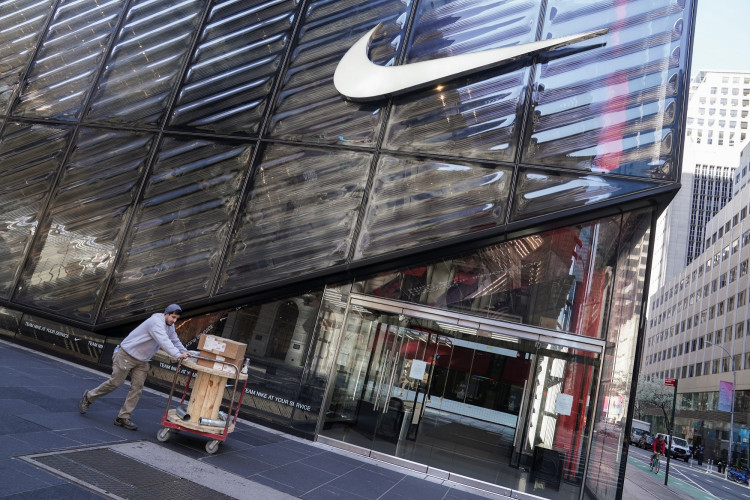Nike Inc. is set to reduce its global workforce by approximately 2%, equating to around 1,700 positions, as part of a strategic move to streamline operations and target significant cost savings amid a challenging economic landscape. This decision aligns with the company's previously announced intention to achieve up to $2 billion in cost reductions over the coming three years, a plan unveiled in December as the sportswear giant adjusted to shifting consumer spending patterns and heightened competition.
The layoffs, which Nike confirmed late Thursday, are a component of a broader restructuring aimed at optimizing the company's capital allocation towards key growth segments such as running, women's products, and the Jordan brand. "This is how we will reignite our growth," stated CEO John Donahoe in an internal memo, emphasizing the difficult nature of this transition. "We are not currently performing at our best, and I ultimately hold myself and my leadership team accountable," he added, highlighting the gravity of the situation and the leadership's responsibility in navigating these changes.
According to the company's latest annual report, Nike employed around 83,700 individuals worldwide as of May 31, 2023. The planned job cuts will not impact retail employees in Nike stores or warehouse personnel but will unfold in two phases, concluding by the end of Nike's fiscal fourth quarter. The timeline for cuts in Nike's EMEA (Europe, Middle East, and Africa) region may vary due to local labor laws.
This workforce reduction comes in response to cautious consumer spending, particularly on discretionary items like clothing and footwear, which constitute Nike's core offerings. The company's December announcement of its restructuring plan and the lowering of its sales forecast reflect preparations for subdued demand and wholesale orders, challenges in online sales, and a market increasingly driven by promotions.
Nike's restructuring strategy involves simplifying its product range, enhancing automation and technology use, streamlining organizational structures by reducing management layers, and leveraging scale for greater efficiency. This approach aims to position Nike more favorably in a retail environment bracing for a slowdown in demand for non-essential goods.
The backdrop to these developments includes economic headwinds such as consumer caution globally, competitive pressures from emerging brands like Hoka and On Cloud, and macroeconomic challenges in significant markets like China and Europe. China's economic difficulties and Europe's stagnant economic performance in the last quarter of 2023 have contributed to a complex operating environment for multinational corporations like Nike.
In light of the restructuring, Nike's leadership has pledged comprehensive support packages for affected employees, encompassing financial, healthcare, and outplacement services. "We will emerge stronger and better equipped to fulfill our purpose to serve all athletes and grow the future of sport," Donahoe assured, indicating a forward-looking perspective despite the immediate challenges.






